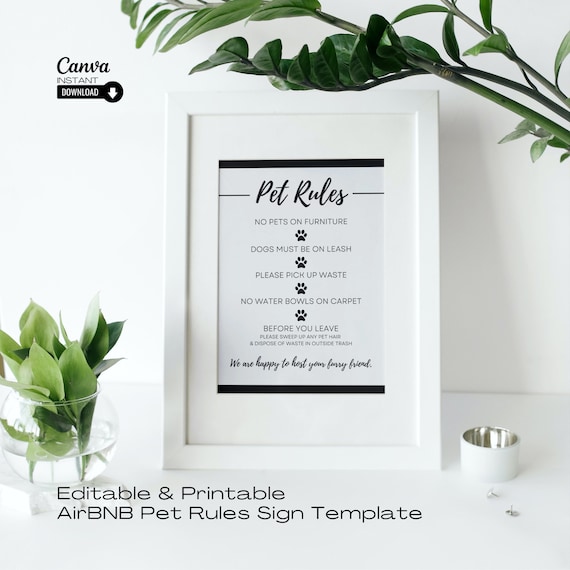
Exploring the Essentials: Pet-Friendly Guidelines in Rental Properties
Pet-friendly living in rental properties involves adherence to specific guidelines that ensure a harmonious coexistence between tenants and their furry friends. In this comprehensive guide, we’ll navigate through the crucial pet-friendly guidelines that tenants should be aware of for a positive renting experience.
Understanding Property-Specific Policies
Each rental property may have unique pet-friendly policies outlined in the lease agreement. It’s paramount for tenants to thoroughly understand these policies, covering aspects such as acceptable pet breeds, size limitations, and any additional regulations governing pet behavior. This knowledge forms the foundation for responsible pet ownership within the property.
For a detailed resource on navigating pet-friendly guidelines, visit Rental property pet-friendly guidelines. This platform offers valuable insights to assist tenants in understanding and complying with property-specific pet guidelines.
Adhering to Breed Restrictions and Size Limits
Many rental properties implement breed restrictions and size limitations to address safety concerns and property dynamics. Tenants must carefully adhere to these restrictions to ensure compliance with property guidelines. Understanding these limitations helps tenants make informed decisions about suitable pet companions for their living space.
Maintaining Responsible Pet Behavior
Responsible pet behavior is at the core of successful pet-friendly living. This includes proper waste disposal, minimizing noise disturbances, and respecting communal spaces. By fostering responsible pet behavior, tenants contribute to a positive environment for both pet owners and non-pet owners in the community.
Navigating Pet-Related Fees and Deposits
It’s common for landlords to impose pet-related fees and deposits to mitigate potential risks associated with pet ownership. These financial considerations may include pet deposits, monthly pet rent, or non-refundable fees. Tenants should factor these expenses into their budget and be aware of the property’s specific financial requirements for pet-friendly living.
Ensuring Proper Pet Screening and Documentation
Some rental properties implement pet screening processes to assess the suitability of tenants’ pets. This may involve providing information about the pet’s breed, vaccinations, and behavioral history. Ensuring proper documentation and compliance with screening processes is vital for tenants seeking to maintain a pet-friendly living arrangement.
Participating in Community Pet Events
To foster a sense of community among pet owners, some rental properties organize pet-friendly events and activities. These events provide opportunities for tenants and their pets to engage with neighbors, creating a supportive and inclusive living environment. Participating in such community events contributes to a positive communal atmosphere.
Providing Adequate Pet Exercise
Catering to a pet’s exercise needs is essential for their well-being and the overall harmony of the community. Pet-friendly rental properties often include designated areas or amenities for pet exercise. Tenants should utilize these spaces to ensure their pets receive adequate exercise while respecting communal areas.
Establishing Open Communication with Property Management
Open communication between tenants and property management is crucial for addressing any pet-related concerns or clarifying guidelines. Tenants should feel comfortable reaching out to property management with questions or issues related to pet-friendly living. Establishing transparent communication helps maintain a positive relationship between tenants and property management.
Regularly Reviewing and Adapting to Guidelines
Pet-friendly guidelines may evolve over time, and tenants should be proactive in staying informed about any updates or changes. Regularly reviewing and adapting to these guidelines ensures that tenants remain compliant with property regulations and contribute to a thriving and pet-friendly community.
Conclusion
Pet-friendly living in rental properties is a rewarding experience when tenants adhere to established guidelines. By understanding property-specific policies, practicing responsible pet ownership, and participating in community events, tenants contribute to a positive living environment for themselves and their neighbors. Navigating pet-friendly guidelines ensures that pet owners and non-pet owners coexist harmoniously, fostering a sense of community within the rental property.
